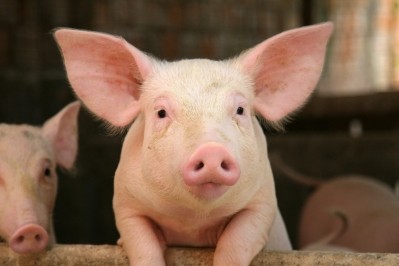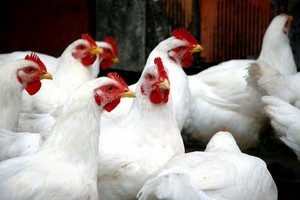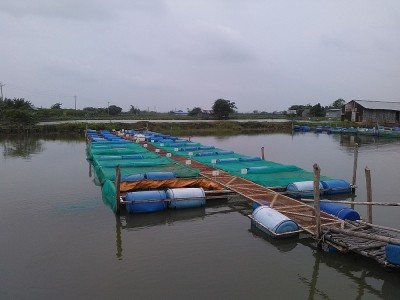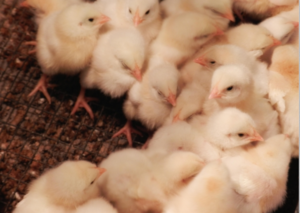What role can supplemental phytase play in catfish feed digestibility?
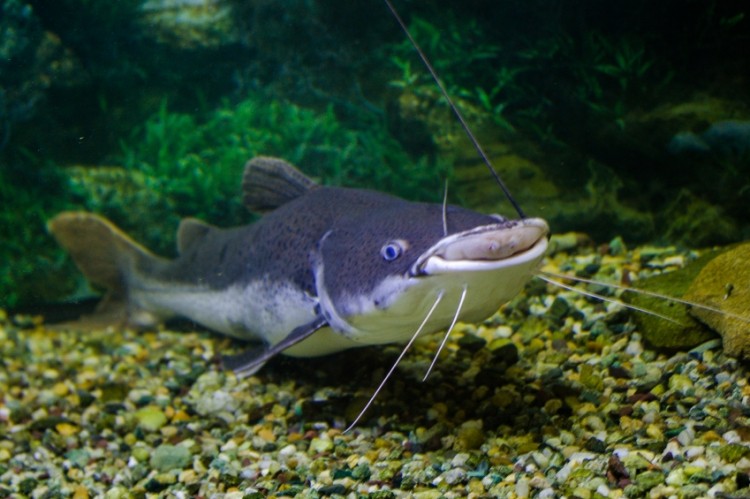
A group of researchers from Western Parana State University in Brazil tracked the use various plant-based feed ingredients with or without phytase in the diets of silver catfish in a 32-day study.
The team published their findings in the journal Aquaculture.
“The aim of this study is to evaluate the digestibility of nutrients in oats, rice grits and wheat middlings by catfish (Rhamdia voulezi), with and without supplements of phytase,” said the group.
The trials demonstrated that phytase use was able to improve the nutrient digestibility of feed ingredients, said the team members. Rice grits or wheat middlings diets showed better efficiency and nutrient use by catfish.
“Considering the feeds supplemented or not with 1,500 FTU Kg− 1 in the diet, the rice grits and wheat middlings have higher values of ADC [the apparent digestibility coefficient] for nutrients and can be used more efficiently in feeding catfish (R. voulezi),” they reported. “The efficiency of phytase differs in relation to the feeds, and the supplements must take into account the ingredients in the diet, which is not necessary when it is intended for the higher use of the nutrients from wheat middlings by the catfish (R. voulezi).”
Why phytase?
Understanding the nutritional needs and how to best formulate a diet are necessary steps for production of any animal species, said the researchers.
In fish diets, plant-derived ingredients are popular because they tend to be inexpensive and have better availability, they said. But many plant-based ingredients have anti-nutritional factors like lectins, phytates and tannins that limit their use.
The phytic acid found in parts of plants often used in fish diets reduces a fish’s ability to use some nutrients, and can hinder the performance of the animal, said the authors. However, phytase use can reduce that hindrance and allow for fish to absorb nutrients previous unavailable.
Past studies have explored the use of phytase supplementation to improve the digestibility of plant-based ingredients for several fish species including yellow catfish, rainbow trout, Atlantic salmon and Nile tilapia, they said.
“Catfish, which belong to the genus Rhamdia and to the Heptapterinae family, have aroused great interest for both researchers and producers because they are considered to be a potential species for cultivation in colder regions,” said the researchers. “Furthermore, catfish present favorable zootechnical characteristics for captive breeding and sale.”
But more information and research is needed to understand the different stages of production, noted the team.
Study specifics
Eight diets were formulated for the study involving 288 fish, said the researchers. The feeds included a control, that diet with 30% oats, the control diet with 30% rice grits or the diet with 30% wheat middlings and all diets were fed both with or without 1,500 FTU (phytase units) kg-1 phytase.
Water quality was checked weekly and temperatures was measured daily, they said. Fecal collection started after a seven-day adjustment window.
Feed ingredients were analyzed along with diets and fecal matter for mineral composition and results were used to generate digestibility coefficients, they said. Apparent digestibility coefficient (ADC), digestibility coefficient (CD), digestible protein (DP) and energy were established for ingredients and diets.
Results
In the ingredient analysis, oats were found to offer the least crude protein (CP) and the most mineral matter, said the researchers. Rice grits and wheat middlings were similar in their CP levels, while oats and wheat middlings had similar energy levels followed closely by rice grits.
“The oats presented the lowest digestibility coefficients for dry matter and energy in relation to the other feeds, with or without phytase,” they said. “However, it was the only feed that provided a greater use of protein with the addition of the enzyme.”
Use of phytase improved the digestibility coefficient of dry matter for rice grits and boosted the energy from both rice grits and wheat middlings, they said. “Although the phytase did not influence the digestibility coefficient of crude protein for the fish fed with wheat middlings, it can be noted that this feed provided greater use of this nutrient in relation to the other feeds with or without the enzyme,” they added.
Phytase supplementation improved copper digestibility for rice grits and for copper and calcium digestibility for wheat middlings, said the researchers.
“On the other hand, oats, even with the increased digestibility indexes with the phytase supplement, showed lower values compared to other feeds, standing out only regarding the use of copper,” they said. “Although the phytase supplements improved only the use of copper for rice grits, the fish fed with this feed showed a higher digestibility of minerals along with those fed with wheat middlings.”
Source: Aquaculture
Title: Digestibility of vegetal energetic ingredients supplemented with phytase for silver catfish (Rhamdia voulezi)
DOI: published online before print: 10.1016/j.aquaculture.2016.05.022
Authors: V. Lewandowski A. Feiden, A. Signor, F. Bittencourt, E. Moro, J. Pessini, W. Boscolo
